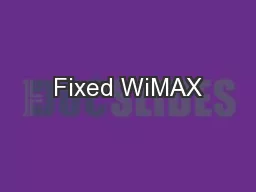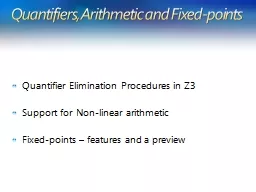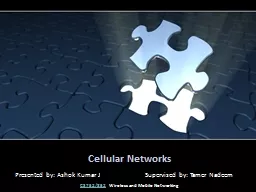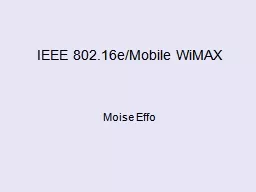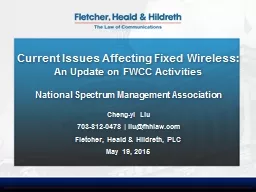PPT-Fixed WiMAX
Author : luanne-stotts | Published Date : 2017-01-30
By Shah Ankur Vasant WIMAX stands for Worldwide Interoperability for Microwave Access The original IEEE 80216 standard now called Fixed WiMAX was published in
Presentation Embed Code
Download Presentation
Download Presentation The PPT/PDF document "Fixed WiMAX" is the property of its rightful owner. Permission is granted to download and print the materials on this website for personal, non-commercial use only, and to display it on your personal computer provided you do not modify the materials and that you retain all copyright notices contained in the materials. By downloading content from our website, you accept the terms of this agreement.
Fixed WiMAX: Transcript
Download Rules Of Document
"Fixed WiMAX"The content belongs to its owner. You may download and print it for personal use, without modification, and keep all copyright notices. By downloading, you agree to these terms.
Related Documents

